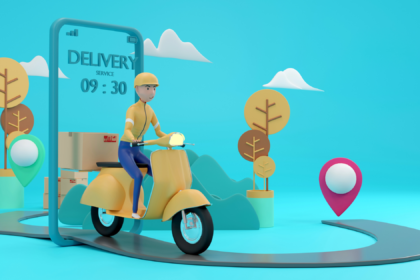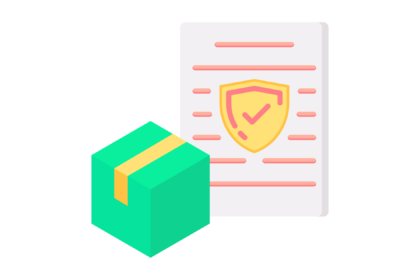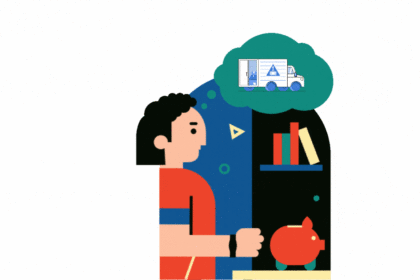Last-mile carrier tracking can be the most expensive and time-consuming part of your ecommerce business’ shipping and delivery process.
Adding fuel to the fire is your customers’ growing demands of wanting complete visibility into the last-mile process. However, meeting these demands is not as easy as it looks. This is primarily because ecommerce businesses hand over the reins of the last-mile and post-purchase to the shipping carrier.
Your shipping carrier on the other hand is already overwhelmed by their delivery volumes and has no interest nor commitment to your customer experiences (CX).
But before we take a look at how to get the best out of last-mile carriers and grow your business, let’s start from the basics.
What is a Last-mile Carrier?
A last-mile carrier is a shipping service provider that caters to your needs, particularly in the final leg of the delivery cycle.
The last-mile carrier can also constitute the other parts of the post-purchase customer journey, based on your requirements and their capacity.
The primary expectation of the last-mile carrier is to provide quicker delivery options such as same-day delivery and be cost-efficient. As an ecommerce business owner, you need to choose a carrier that brings out both. Here are some different last-mile carrier options to give you an idea.
Last-mile carrier options
There are multiple last-mile carrier options each with its pros and cons. You can pick one that best suits your business’ needs.
- Single carrier method – Make use of major last-mile carrier providers such as FedEx, UPS, or DHL to fulfill your customers from end to end. Their experience and skill-sets can provide a guarantee for your packages to reach your customers’ doorsteps both quickly and safely. If your business is smaller, you can make use of smaller local or regional carriers.
- Third-party logistics or 3PL – Make use of Third-party logistics (3PL) providers for complete solutions such as assembly, packaging, warehousing, and distribution. A reliable 3PL logistics process provider can maximize your profitability through their knowledge, expertise and resources.
Now that we’ve understood the basics of last-mile and carriers, it’s time to move on to how you can provide your customers with a great post-purchase experience, especially on the last mile.
For that, you’ll need to understand the challenges that arise due to the current state of last-mile delivery.
Challenges of last-mile deliveries
- Increased costs – Last-mile deliveries aren’t always successful. 1-in-3 deliveries face issues such as shipping delays, delivery exceptions, failed deliveries, porch pirates, etc. This can lead to increased shipping costs in the form of unwanted returns, customer acquisition, and more.
- Negative impact on your customer loyalty metrics – Over 55% of the customers won’t return to a brand after just one instance of a bad delivery experience. This can impact your customer loyalty metrics such as CRR (customer retention rate) and CLTV (customer lifetime value).
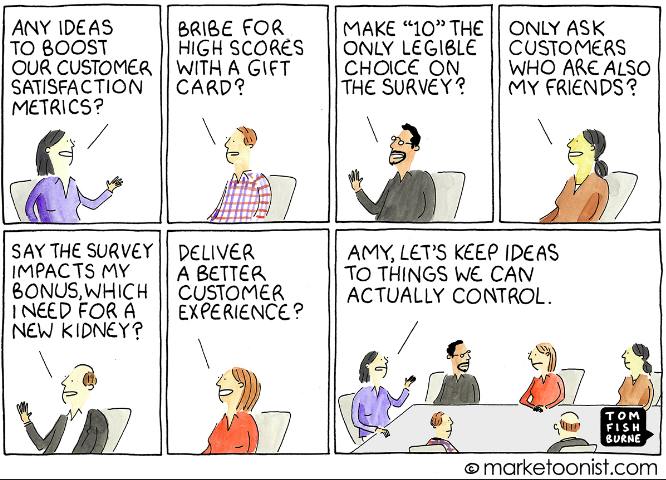
Don’t let these challenges worry you. There’s an easy way to handle them. All you have to do is to implement proper last-mile carrier tracking and gain a competitive edge for your business.
What is Last-mile Carrier Tracking and How Does it Provide a Competitive Edge?
Last-mile carrier tracking is nothing but gaining complete visibility into your last mile. It is the ability to track and trace the shipping carrier’s location and parcel status from the transportation hub to the designated destination.
93% of customers expect complete visibility while tracking their orders and viewing real-time shipping information and 47% of consumers will not shop again with a brand that does not provide order tracking visibility. Therefore, the importance of carrier tracking in the last mile is evident.
That’s not all! Last-mile carrier tracking also provides a multitude of benefits for your business and end-users.
Last-mile carrier tracking benefits for your customers
1. Complete transparency during order tracking
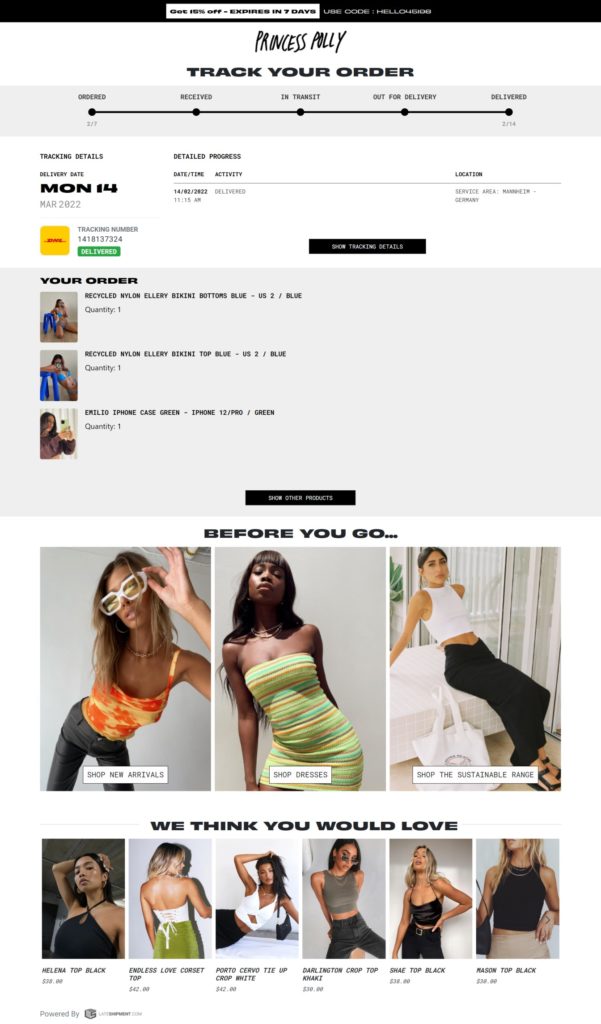
With the help of real-time visibility, make sure your customers can seamlessly track their orders via order tracking pages and know at a glance what’s happening with their orders in the last mile.
This gives them a sense of control of their orders and ergo, increases their CX during the order delivery phase.
2.Receive regular communication on order status updates and delivery events
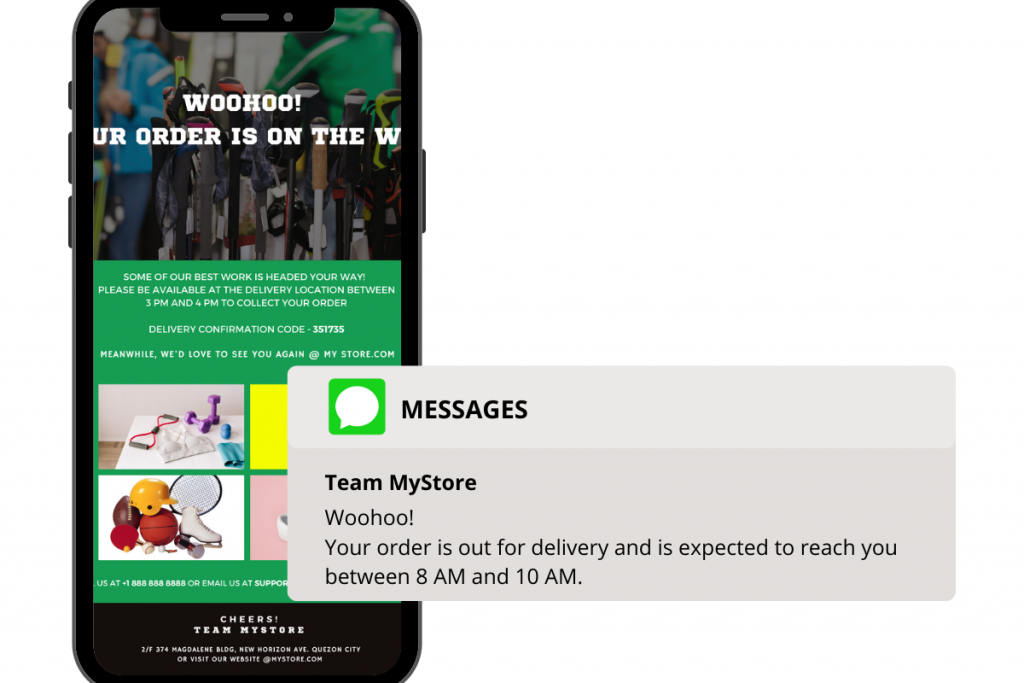
Apart from enabling your customers to track their orders, you can as well send post-purchase transactional Emails and SMS notifications to keep your customers in the loop of their orders throughout the delivery lifecycle.
This can help in reducing your customers’ anticipations during the most anxious stage of their journey.
Last-mile carrier tracking benefits for your business
1. Resolve delivery issues proactively
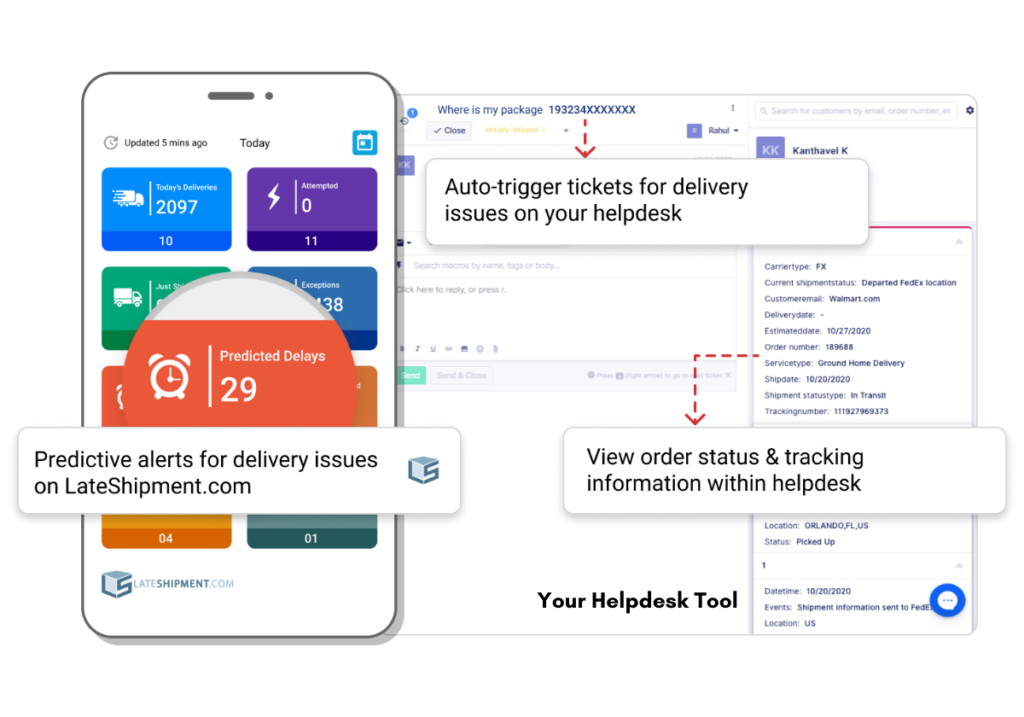
Empower your support team to proactively resolve issues such as delivery delays, frequent WISMO calls, etc, and take preemptive action before such discrepancies impact your customers.
This can help in reviving customers’ trust in your brand.
2. Collect delivery feedback from customers
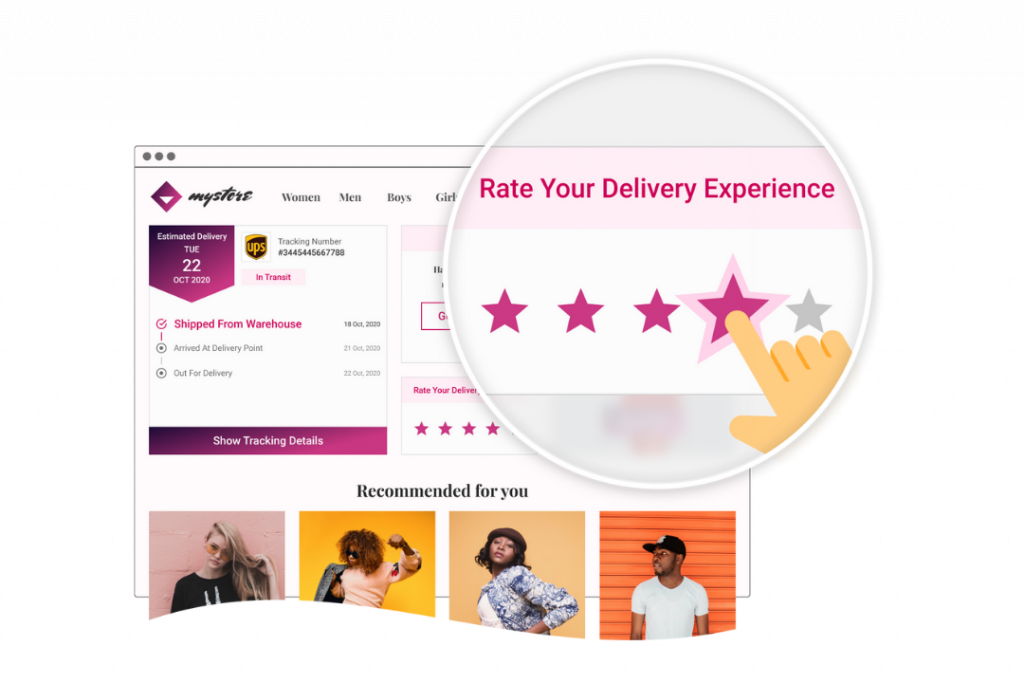
Get your customers’ feedback on their delivery experiences and understand customer satisfaction. You can then use this information to make better shipping decisions and optimize the experience as well.
This way, your customers will be impressed with your efforts and will prefer you to your competitors.
How Lateshipment.Com Can Help with Last-mile Carrier Tracking (and More!)
LateShipment.com is a unified cloud solution for everything post-purchase that helps you:
1. Identify shipments facing issues at a glance
- View real-time shipping data across carriers, services, and delivery locations
- Get predictive analytics of delivery delays identified for you
2. Resolve critical shipping incidents before they happen
- Trigger automated tickets on your helpdesk
- Easily spot shipments that may require attention in your dashboard
- Send custom notifications tailored to specific situations
3. Reduce delivery inquiries by 70% with real-time updates
- Send automated email and SMS shipping notifications
- Seamlessly integrate with your email marketing tools
4. Leverage tracking moments to drive 25% repeat sales
- Add an order tracking widget anywhere
- Create custom branded tracking pages
- Use tracking moments to drive sales via product recommendations, offers, marketing campaigns, etc
5. Decode customer sentiment and engagement
- Measure how your customers are engaging with your brand post-purchase
- Know from your customers the experience your brand delivered
- Review carrier performance in the last mile and make better shipping choices
6. Audit shipping invoices and claim refunds
- Effortlessly recover up to 20% of shipping costs through refund claims
- Improve carrier performance by regularly collecting refunds
7. Manage returns effectively
- Automate and make returns self-service to remove the hassle
- Make returns profitable via exchanges and store credit options
Bottom Line
To make it easier for you to implement last-mile carrier tracking, you can make use of a post-purchase solution such as LateShipment.com that does all the heavy lifting on your behalf.
LateShipment.com is specifically built for ecommerce retailers such as yourself to deliver phenomenal post-purchase CX and measurable results, all while effortlessly recovering refund claims from your shipping carriers.
Interested? We at LateShipment.com can’t wait to help you grow your fanbase, savings, and business.
Get in touch with our expert or write to us.
Last-mile Carrier Tracking FAQs
What is a last-mile carrier?
A last-mile carrier is a shipping service provider that caters to your needs, particularly in the final leg of the delivery cycle. The last-mile carrier can also constitute the other parts of the post-purchase customer journey, based on your requirements and their capacity.
What is last mile tracking?
Last-mile carrier tracking is gaining complete visibility into your last mile by making use of your ability to track and trace the location and parcel status from the transportation hub to the designated destination.
What is last mile delivery management?
A last mile delivery platform or solution is a tool that helps in creating delightful delivery experiences for your ecommerce business in the last mile. With a last-mile delivery platform, you can not just meet but exceed your customers’ expectations. It helps you with a host of benefits such as real-time tracking, proactive communication, customer feedback recording, etc.
Why is carrier tracking in the last mile so important?
The last-mile is the most expensive and tedious part of the shipping and delivery process. Tracking your parcels in real-time and more can help you reduce costs and scale your business operations.
How to make the best use of last-mile carrier tracking
You can make the best use of last-mile carrier tracking by sharing real-time order updates with your customers via branded tracking pages and customer notifications. This can help you increase customer trust and make them repeat shoppers. Also, you can use last-mile tracking moments to collect customer feedback and know what they perceive of your brand.



